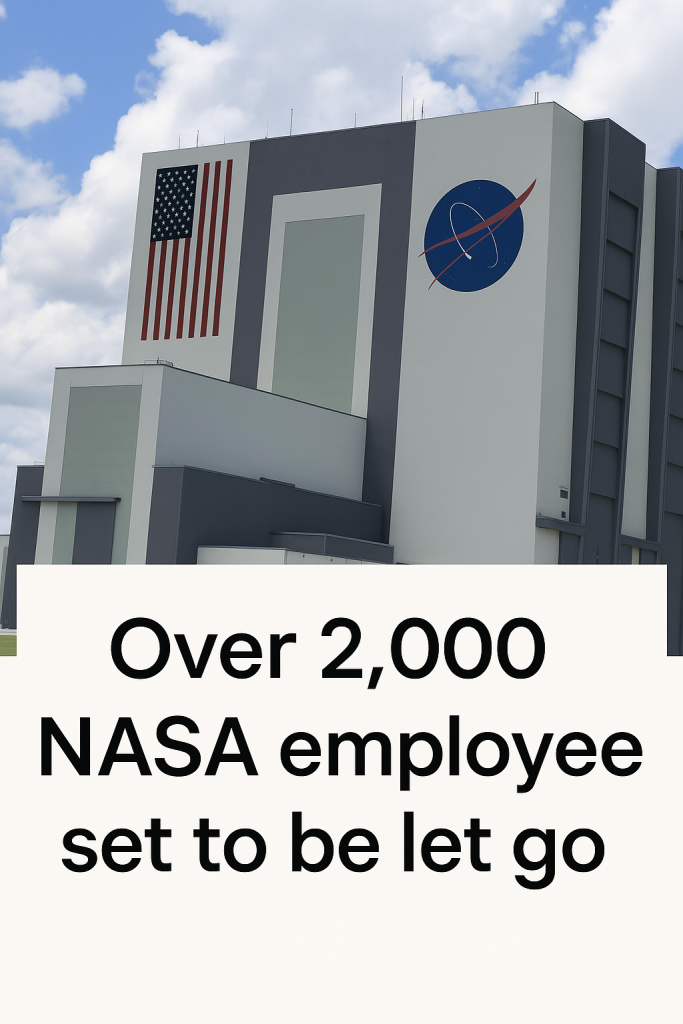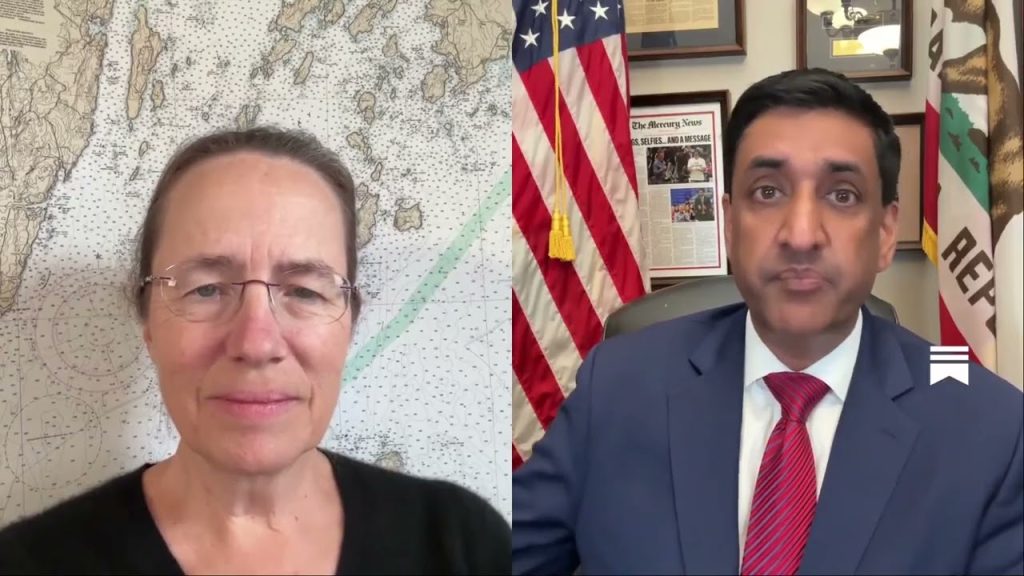The Trump administration is once again making headlines with a controversial decision to reduce NASA’s workforce by over 2,000 employees in 2024. This move has sparked widespread concern across the aerospace community and among government watchdogs alike, reigniting debates about the future of America’s space exploration efforts.
Budget cuts and job losses are not new to NASA under recent Republican-led administrations, but the scale of this latest reduction is alarming. Sources confirm that more than 2,000 layoffs could impact engineers, scientists, technicians, and administrative staff at various NASA centers nationwide. The downsizing represents one of the largest workforce cuts in the agency’s history, threatening ongoing and planned missions.
Critics argue that such a significant reduction comes at a crucial time, as NASA undertakes ambitious projects like the Artemis lunar program and expanding partnerships for Mars exploration. These programs demand robust manpower and expertise, making the timing of the cuts especially detrimental. Has the administration learned nothing from past cuts? Detractors point to previous periods when workforce reductions delayed critical developments, arguably hindering America’s leadership in space technology.
Officials defending the decision cite fiscal responsibility and the need to reallocate funds towards emerging private space ventures and other national priorities. They suggest that streamlining operations at NASA could improve efficiency and encourage innovation. However, many experts warn that the loss of seasoned personnel could lead to setbacks, as highly specialized skills are not easily replaced.
The human impact of this decision is profound. NASA employees face uncertainty about their futures, with many highly trained professionals potentially forced to leave public service just as the agency ramps up its most challenging missions in decades. The morale among staff is reportedly low, with many voicing concern over declining support for a program that symbolizes American scientific achievement and exploration spirit.
Furthermore, this workforce cut may ripple into the broader aerospace industry. NASA’s collaborations with private firms, universities, and international agencies rely on a stable, skilled federal workforce to manage contracts, research, and compliance. Reduced capacity within the agency could slow project timelines, jeopardize partnerships, and erode the United States’ competitive edge in space innovation.
Political implications are complex. Supporters of the administration emphasize the need for government efficiency and emphasize private sector engagement as the future of space exploration. Critics counter that NASA’s core scientific and exploratory missions require steadfast government commitment and investment, which cannot be outsourced or downsized without serious consequences.
As news of the layoffs spreads, Congress and advocacy groups are expected to weigh in, with potential hearings or measures to mitigate the cutbacks. The debate highlights an ongoing tension: balancing fiscal prudence with the strategic imperative to maintain leadership in space exploration and STEM innovation.
Ultimately, the coming months will be critical in defining the trajectory of NASA’s workforce and America’s role in the cosmos. For the thousands of employees whose livelihoods hang in the balance, and for the nation’s space ambitions, the stakes could not be higher.



